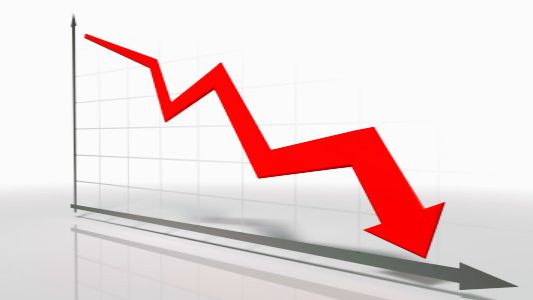Oil Prices Continue to Slide

U.S. oil futures settled lower on Friday after the International Energy Agency (IEA) warned that global oversupply of crude could worsen next year.
Brent and U.S. crude's West Texas Intermediate (WTI) futures fell as much as 5 percent on the day and 12 percent on the week as mild pre-winter weather and a plummeting U.S. stock market added to the toll on oil prices.
Oil traders and analysts were perplexed by the intensity of the decline, coming exactly a week after Dec. 4 meeting of the Organization of Petroleum Exporting Countries all but abandoned price support for crude after removing its production ceiling in an oversupplied.
"Very tough to find cause to get bullish here," said Peter Donovan, broker at Liquidity Energy in New York.
"The bearish IEA report has put further selling pressure on an already soft market. The back months have actually been hit a bit harder than the fronts as the report dispelled thoughts that a price recovery was on the not-too-distant horizon."
Brent crude futures slipped below $38 a barrel for the first time since December 2008. It was last trading at $37.94 a barrel, down 4.5 percent.
Brent's session low was $37.36 — barely a dollar above the $36.20 hit during the financial crisis. If it falls through that, it will go to June 2004 lows, when it traded at around $34 a barrel.
WTI entered the $35 territory for the first time since February 2009. It settled at $35.62 a barrel, down 3.1 percent, or $1.14. WTI's financial crisis low was $32.40 in December 2008.
The market pared losses just slightly after data showing U.S. drillers cut the number of oil rigs operating in the country for a 14th week out of 15 to the least since April 2010.
The IEA, which advises developed nations on energy, warned that demand growth was starting to slow.
"Consumption is likely to have peaked in the third quarter and demand growth is expected to slow to a still-healthy 1.2 million bpd (barrels per day) in 2016, as support from sharply falling oil prices begins to fade," the energy watchdog said in its monthly oil report.
Crude prices have fallen with little restraint since the Organization of the Petroleum Exporting Countries' meeting last week. Data also showed OPEC pumped 31.7 million bpd in November, more oil than any month since late 2008.
Banks such as Goldman Sachs have said oil could fall to $20 a barrel if the world runs out of capacity to store unwanted supply.
"The WTI and Brent markets are trending at this point with no real interest from anyone to buy," said Scott Shelton, broker and commodities specialist at ICAP in Durham, North Carolina.
"The forecast remains incredibly warm for the U.S. That's a large drag on demand and means less demand for distillates and more for export, which drags down the rest of the world as well."
U.S. weather forecasts call for warmer-than-normal temperatures through Christmas that would curb heating demand, boosting U.S. gasoline futures higher than heating oil prices in December for the first time in at least five years.
Gasoline's premium to heating oil for the January contracts widened as the heating oil contract slumped almost 6 percent while gasoline fell 0.4 percent.
